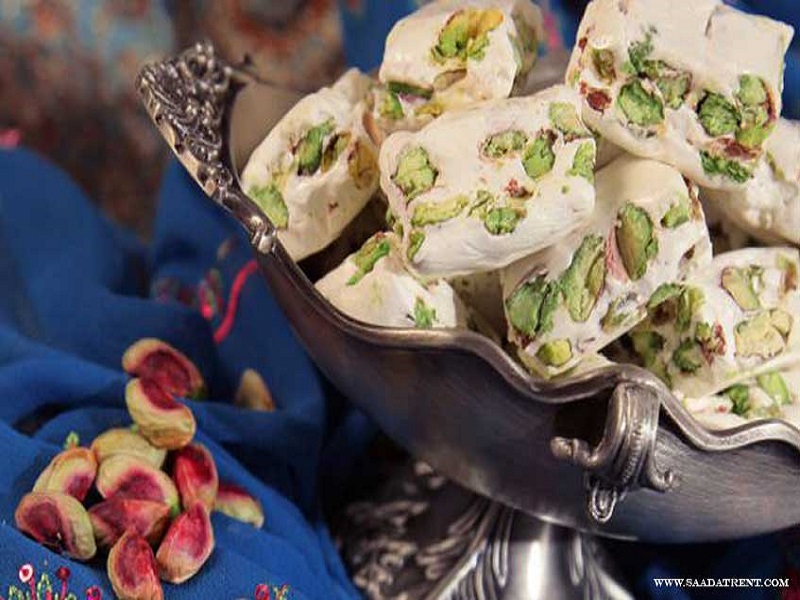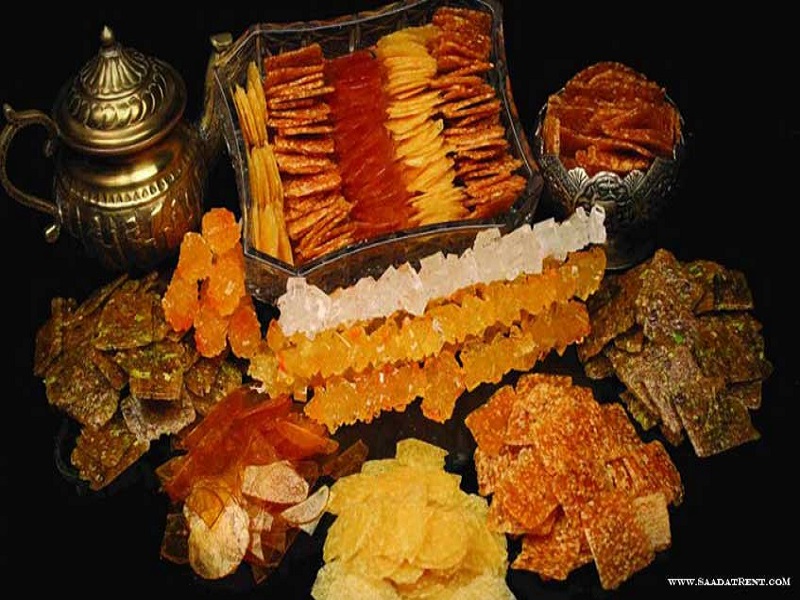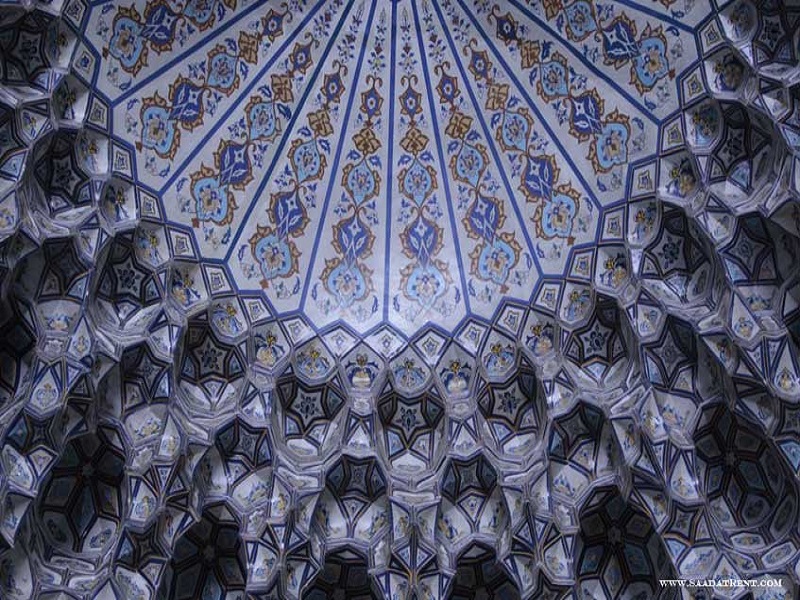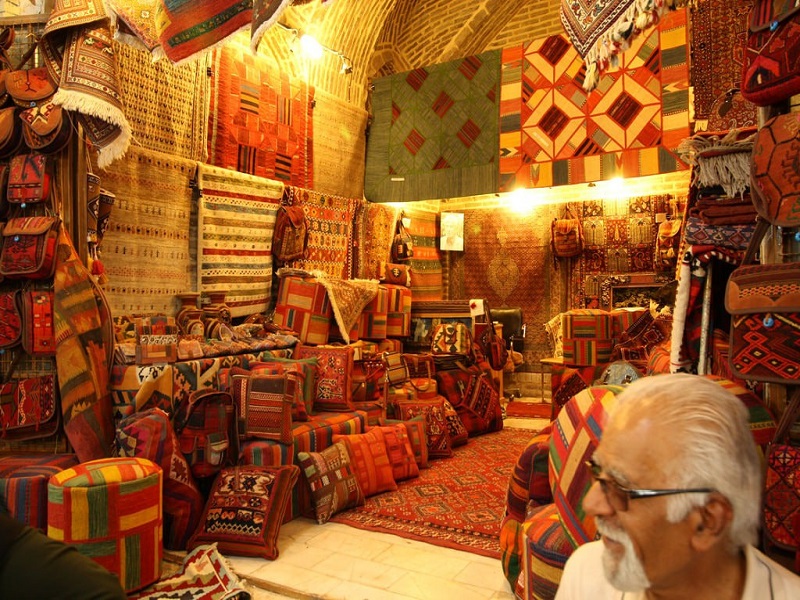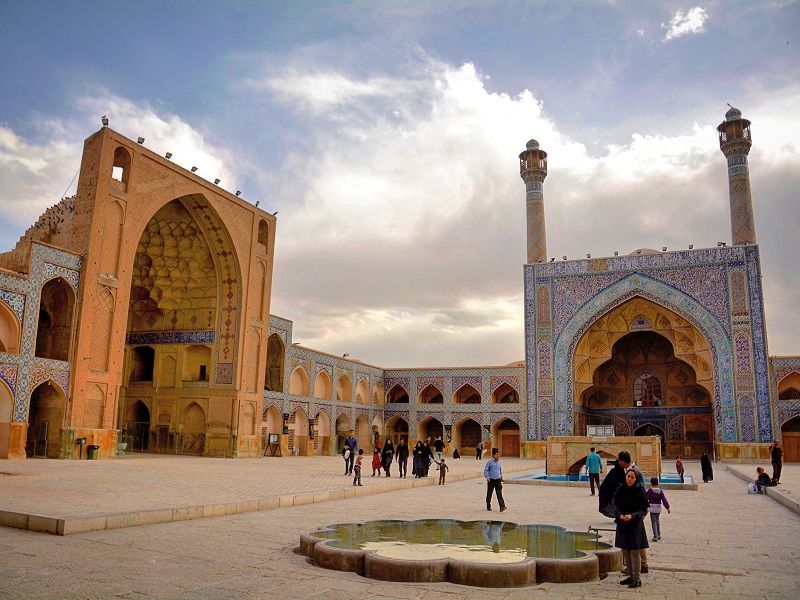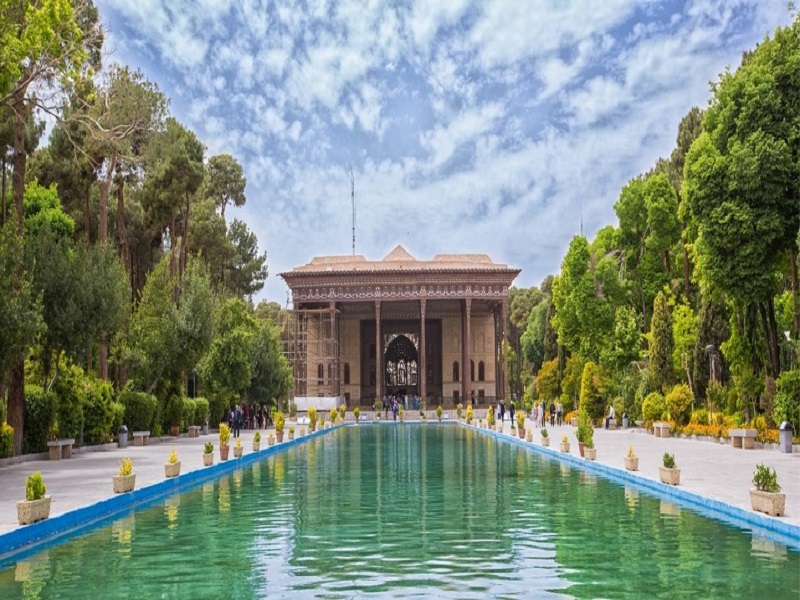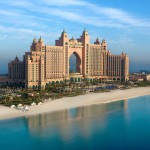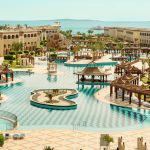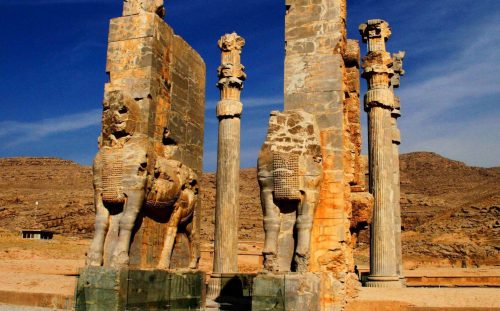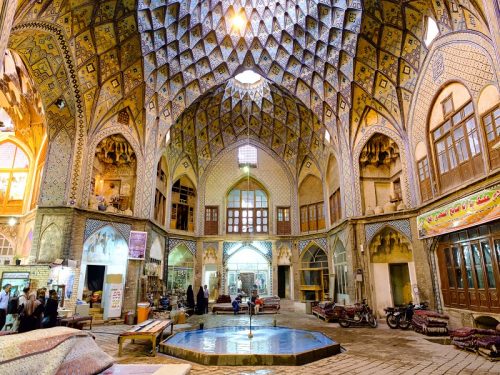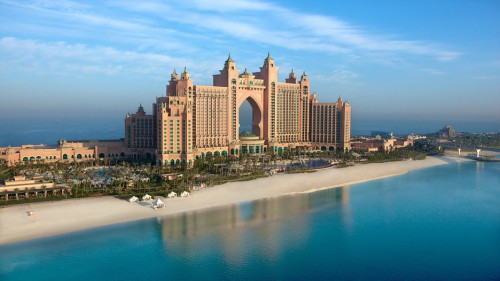Isfahan, Half of the World
Isfahan (historically also rendered in English as Ispahan, Sepahan, Esfahan or Hispahan) is the capital of Isfahan Province in Iran, located about 424 Km (264 miles) south of Tehran. Its Population was about 1.961 million in 2016. There are numerous monuments in the city, most of them are registered in National Heritage of Iran and some of them are registered as UNESCO’s historical heritage.
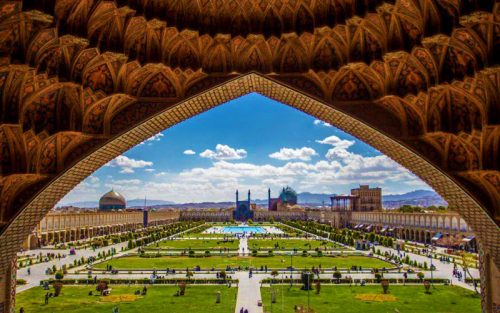
History
The history of Isfahan can be traced back to the Paleolithic period. In recent discoveries, archaeologists have found artifacts dating back to the Paleolithic, Mesolithic, Neolithic, Bronze and Iron ages. The signs of locality and settlement in Isfahan can be traced back to the Elamite civilization (3200 – 540 BC) and moved on to the Achaemenes and Parthian eras.
Its strategic location at the intersection of the ancient roads to Susa and Persepolis made it an ideal candidate to house a standing army during the Sassanid era (224-651 AD). The words ‘Aspahan’ and ‘Spahan’ are derived from the Pahlavi or Middle Persian meaning ‘the place of the army’. Isfahan became prosperous under the Persian Al Buyye (Buwayhid) dynasty. It was first made the capital under the rule of Toghril Beg, the founder of the Seljuq dynasty and grew in size and splendor under the rule of Malik-Shah I (reigned 1073–1092).
Isfahan lost its importance after the fall of the Seljuqs, but it regained its important position during the Safavid period (1501–1736). The city’s golden age began in 1598 when Shah Abbas I, the fifth king of Safavid dynasty (reigned 1588–1629) transfer capital from Qazvin and made Isfahan his capital and rebuilt it into one of the largest and most beautiful cities of the 17th century. Even today, the city has retained much of its former glory.
Qajar dynasty, moved capital to Tehran, in result Isfahan lost its glory. In Naser-al-din Shah era, his son, Zal-ol-Soltan was chosen as governor of the city. Since he was the oldest son of the King, he considered himself the rightful owner of the throne, but after Naser-al-din Shah’s dead, he was denied the throne because he was born to a non-Qajar mother and Mozaffar-al-din became king. In this case, to show his anger, during his rule in Isfahan, he destroyed some of the buildings of the Safavid era and brought other buildings to verge of destruction.
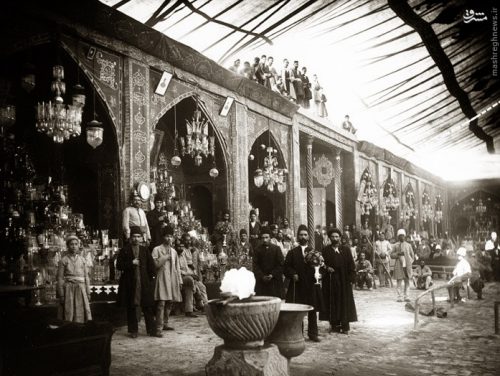
Souvenirs
Iranian souvenirs are artisanal handicrafts, unique to each city and made with lots of love. Watching handcrafts shops, when you are walking through the bazaar, is a feast for your eyes.
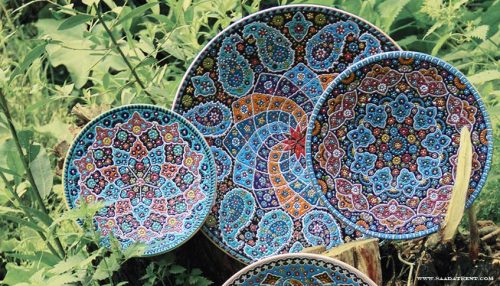
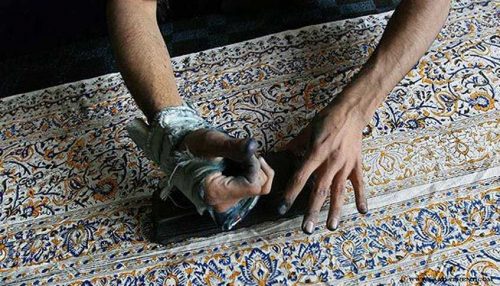
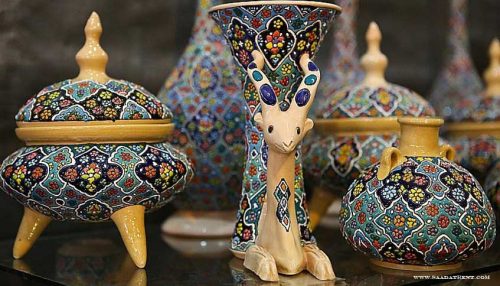
Transportation
Different kinds of public transportations are available in Isfahan for getting around in the city, including buses, taxis and subway. Isfahan also has a central railway station, bus terminals, and an international airport for connection between cities.
UNESCO’s World Heritage
There are more than 22 thousand valuable cultural and historical monument in this province, 1,850 are listed in the National Heritage List of Iran and 7 in the UNESCO’S world Heritage List. There are 3 item of the world Heritage List in Isfahan City, include Naqsh-e Jahan Sq (which is the second largest square in the world), Chehel Sotoon (as kind of the Persian Garden) and Jame’ Mosque (one of the oldest religious monuments of Iran).
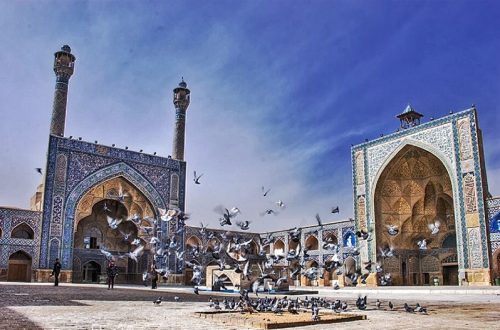
- Population: 1.961 million (2016)
- Pre phone number: +9831
- Time zone: Time zone UTC+03:30 (IRST) - Summer (DST) UTC+04:30 (IRDT)
-
Naqsh-e Jahan Square (Design of the world), officially known as Imam Square, is situated at the center of Isfahan city. This famous square was built...
See more
-
Abbasi Hotel (formerly known as Shah Abbas Hotel) was built at the time of king Sultan Husayn of Safavid dynasty about 300 years ago. It...
See more
-
-
-
008814 days € 1,015
Endless desert! If you are bewitched by the desert, you can never escape from its charm! In this trip, from...
See more details -
00801 day € 85
This day trip is a true discovery of 17th century Iran when Safavids as the third great Persian Empire ruled...
See more details -
00859 days € 1,055
Shiraz, the city of love, flower and poetry, the heart of Persia with its ancient remains, pleasant gardens and inspiring...
See more details -
0092
In this trip we see religious face of Isfahan where two main religions of Islam and Christianity meet. We visit...
See more details -
009210 days € 1,265
This tour incorporates many of the celebrated landmarks of central Iran. From the ancient ruins of Persepolis, the ceremonial and...
See more details -
00977 days € 965
An Amazing time travel to various historical periods of Persia from the most ancient to the most recent through visiting...
See more details
